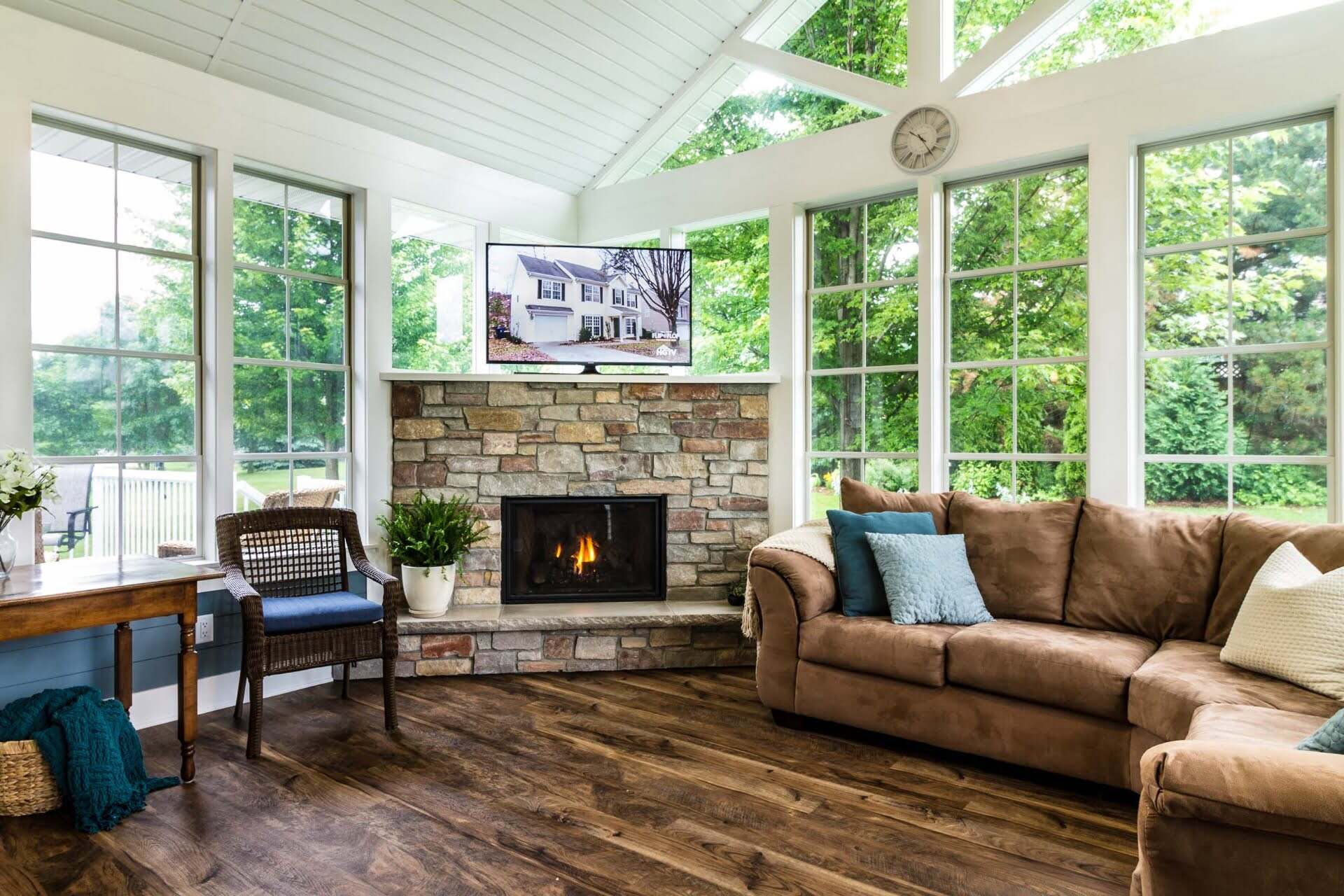

Articles
How To Stop Condensation In Enclosed Porch
Modified: January 23, 2024
Learn effective methods to prevent condensation in your enclosed porch. Read our informative articles for helpful tips and solutions.
(Many of the links in this article redirect to a specific reviewed product. Your purchase of these products through affiliate links helps to generate commission for Storables.com, at no extra cost. Learn more)
Introduction
Welcome to the ultimate guide on how to stop condensation in enclosed porches. Condensation is a common problem that occurs when warm, moist air comes into contact with cold surfaces and forms droplets of water. While it may seem like a minor annoyance, unchecked condensation can lead to serious issues such as mold growth, wood rot, and even structural damage.
An enclosed porch is particularly susceptible to condensation due to its unique characteristics. Its close proximity to the exterior and insulated design can create a perfect environment for moisture buildup. However, by understanding the causes and implementing some practical solutions, you can effectively eliminate condensation and maintain a dry and comfortable enclosed porch.
In this article, we will delve into the science behind condensation, explore the causes of condensation in enclosed porches, discuss the problems it can lead to, and most importantly, provide you with valuable tips and techniques to prevent condensation from occurring in the first place. So, let’s get started and learn how to keep your enclosed porch free from condensation headaches!
Key Takeaways:
- Prevent condensation in enclosed porches by improving ventilation, adding insulation, and using moisture-absorbing materials. These strategies create a healthier, more comfortable, and condensation-free environment.
- Consider the right heat source, monitor indoor temperature, and use window treatments to control light and heat. These steps help regulate temperature and humidity, reducing the risk of condensation formation.
Read more: How To Enclose Front Porch
Understanding Condensation
Before we dive into the causes and solutions for condensation in enclosed porches, it’s essential to have a basic understanding of what condensation actually is. Condensation is the process by which water vapor in the air turns into liquid water when it comes into contact with a cold surface.
To understand this phenomenon, we need to grasp the concept of relative humidity. Relative humidity is a measure of how much moisture the air holds compared to the maximum amount it can hold at a given temperature. When warm air with a high relative humidity comes into contact with a cold surface, such as the windows or walls of an enclosed porch, it cools down rapidly. As the air cools, it loses its ability to hold moisture, causing the excess water vapor to condense into droplets on the cold surface.
This condensation process is most noticeable during colder months when the temperature difference between the indoor and outdoor air is more significant. However, condensation can occur in any environment where there is a contrast in temperature and humidity levels.
It’s important to note that condensation is not limited to the exterior surfaces of an enclosed porch. It can also form on interior surfaces, such as walls, ceilings, and floors. This can lead to a range of issues, from cosmetic damage to serious structural problems.
Now that we have a better understanding of condensation, let’s explore the specific causes that contribute to condensation in enclosed porches.
Causes of Condensation in Enclosed Porches
To effectively prevent condensation in enclosed porches, it’s crucial to identify the underlying causes. Understanding these factors will allow you to implement the appropriate solutions and mitigate the risk of condensation. Here are some common causes of condensation in enclosed porches:
- Poor ventilation: Insufficient airflow in the enclosed porch can contribute to high humidity levels and condensation. Without proper ventilation, moist air gets trapped, increasing the chances of condensation forming on surfaces.
- Lack of insulation: Inadequate insulation in the walls, floors, and ceilings of the enclosed porch can result in temperature variations. Cold spots caused by insufficient insulation can create conditions that are conducive to condensation.
- Temperature fluctuations: Rapid changes in temperature, such as turning off the heat or air conditioning in an enclosed porch, can lead to condensation. When warm air suddenly comes into contact with cold surfaces, condensation can occur.
- Inadequate sealing: Gaps, cracks, and poorly sealed windows or doors can allow outside air and moisture to infiltrate the enclosed porch. This can create a difference in temperature and humidity levels, leading to condensation.
- Moisture sources: Activities that release moisture, such as cooking, showering, or drying clothes, can contribute to increased humidity levels in an enclosed porch. The accumulated moisture can then lead to condensation.
Understanding these causes is crucial for developing an effective strategy to prevent condensation in enclosed porches. By addressing these underlying factors, you can significantly reduce the risk of condensation and its associated problems. In the next section, we will explore the issues that condensation can cause in enclosed porches.
Problems Caused by Condensation
Condensation in enclosed porches may seem like a minor inconvenience, but if left unaddressed, it can lead to a range of problems that can affect both the aesthetics and structural integrity of your porch. Here are some common problems caused by condensation:
- Mold and mildew growth: Excess moisture from condensation provides the perfect breeding ground for mold and mildew. These can not only cause an unpleasant odor but also pose health risks for you and your family.
- Damage to building materials: Over time, condensation can cause damage to the walls, ceilings, and floors of an enclosed porch. Wood rot, peeling paint, and warped surfaces can occur due to prolonged exposure to moisture.
- Deterioration of insulation: Condensation can degrade the effectiveness of insulation materials. When insulation becomes wet, it loses its ability to trap heat or cold, leading to poor energy efficiency and increased utility bills.
- Discoloration and staining: If condensation consistently forms on surfaces, it can result in unsightly stains and discoloration. This can be particularly problematic if you have painted or wallpapered walls in your enclosed porch.
- Structural damage: In severe cases, condensation can cause structural damage to the enclosed porch. Continuous moisture exposure can weaken the supporting structures, compromising the stability and safety of the porch.
It’s evident that condensation is not just a cosmetic issue but a problem that can have significant consequences for your enclosed porch. By addressing condensation proactively, you can prevent these problems and maintain a dry, healthy, and structurally sound space. Now that we understand the issues caused by condensation, let’s move on to the practical tips for preventing condensation in your enclosed porch.
Tips for Preventing Condensation
To effectively prevent condensation in your enclosed porch, it’s important to implement a combination of strategies that address the underlying causes. By following these tips, you can create a healthier and drier environment in your porch. Here are some practical tips for preventing condensation:
- Improve ventilation: Ensure proper airflow by opening windows or installing vents to allow moist air to escape and fresh air to circulate. This helps to reduce humidity levels and minimize condensation.
- Install a dehumidifier: Consider investing in a dehumidifier to effectively remove excess moisture from the air. This can be particularly beneficial during periods of high humidity or when ventilation is limited.
- Add insulation: Improve the insulation in your enclosed porch to regulate temperature variations. Proper insulation helps to minimize the contrast between indoor and outdoor temperatures, reducing the risk of condensation.
- Seal cracks and gaps: Inspect your enclosed porch for any cracks or gaps and seal them properly. This prevents outside air and moisture from entering, reducing the potential for condensation.
- Use moisture-absorbing materials: Incorporate materials that can help absorb moisture, such as silica gel packs or moisture-absorbing crystals, in areas prone to condensation. These can help control humidity levels and prevent condensation from forming.
- Monitor indoor temperature: Maintain a consistent indoor temperature in your enclosed porch. Avoid rapid temperature fluctuations, as they can contribute to condensation. Use a thermostat to regulate the temperature.
- Consider a heat source: Introduce a heat source, such as a space heater or radiant heating, to keep the temperature of your enclosed porch stable. This can prevent cold surfaces and reduce the likelihood of condensation.
- Use window treatments: Consider using insulating window treatments, such as thermal curtains or blinds, to minimize heat loss and prevent condensation on windows. These treatments provide an extra layer of insulation and reduce the temperature differential.
By implementing these tips, you can minimize the risk of condensation in your enclosed porch and enjoy a dry, comfortable space. Remember that each enclosed porch is unique, so it may require a combination of strategies to address the specific factors contributing to condensation. Now that you’re equipped with preventive measures, you can take proactive steps to ensure a condensation-free environment in your enclosed porch.
Read more: How Much Is It To Enclose A Porch
Improve Ventilation
Improving ventilation is one of the most effective ways to prevent condensation in your enclosed porch. Proper airflow allows moisture to escape and fresh air to circulate, reducing humidity levels and minimizing the likelihood of condensation. Here are some tips to improve ventilation:
- Open windows: Whenever weather permits, open windows in your enclosed porch to let in fresh air and allow moisture to escape. Cross-ventilation can help maintain a healthy airflow and prevent condensation buildup.
- Install vents: Consider installing vents in your enclosed porch to enhance airflow. Vents can be installed on walls or ceilings to allow moist air to exit and fresh air to enter. Choose vents with adjustable louvers to control airflow as needed.
- Utilize fans: Place fans strategically in your enclosed porch to promote air circulation. Ceiling fans or portable fans can help disperse stagnant air and reduce moisture buildup.
- Use extractor fans: Install extractor fans near sources of moisture, such as kitchens or bathrooms, to quickly remove humid air. These fans are designed to pull moist air out of the enclosed space and vent it outside.
- Keep air vents unobstructed: Ensure that air vents are not blocked by furniture, curtains, or other objects. Obstructed vents restrict airflow and limit the effectiveness of ventilation systems.
Remember to adjust ventilation practices based on the outdoor weather conditions. In cooler weather, open windows or use fans to create airflow even if it’s chilly. This will help maintain a healthy balance of moisture in your enclosed porch.
Improving ventilation not only prevents condensation but also enhances indoor air quality. It reduces the risk of mold and mildew growth and creates a more comfortable environment for you and your family to enjoy. By implementing these ventilation tips, you can effectively minimize condensation in your enclosed porch.
Install Dehumidifier
An effective way to combat condensation in enclosed porches is by installing a dehumidifier. Dehumidifiers are appliances specifically designed to remove excess moisture from the air, helping to regulate humidity levels and prevent condensation. Here’s why installing a dehumidifier can be beneficial:
- Moisture control: A dehumidifier actively extracts moisture from the air, reducing humidity levels and minimizing the opportunity for condensation to occur. By removing excess moisture, it helps create a drier environment in your enclosed porch.
- Mold and mildew prevention: By maintaining optimal humidity levels, a dehumidifier inhibits the growth of mold and mildew. These fungi thrive in humid environments, and by reducing humidity, you reduce the risk of mold-related issues in your enclosed porch.
- Improved indoor air quality: Dehumidifiers not only reduce excess moisture but also filter the air, removing impurities and allergens. This can be particularly beneficial for individuals with respiratory conditions or allergies.
- Energy efficiency: Dehumidifiers can help improve energy efficiency in your enclosed porch. By reducing humidity, you may find yourself relying less on air conditioning or heating systems, resulting in potential energy savings.
- Versatile placement options: Dehumidifiers come in various sizes and models, offering flexibility in placement. Choose a portable dehumidifier that can be easily moved around your enclosed porch based on your needs.
When choosing a dehumidifier, consider the size and capacity suitable for your enclosed porch. The capacity is usually measured in pints, indicating the amount of moisture the unit can remove within a specific time frame. Larger enclosed porches may require a higher-capacity dehumidifier to effectively control humidity levels.
Remember to regularly empty and clean the dehumidifier’s water tank to maintain its efficiency. Additionally, follow the manufacturer’s instructions on maintenance and filter replacement to ensure optimal performance.
Installing a dehumidifier in your enclosed porch offers a proactive approach to preventing condensation and maintaining a comfortable, moisture-free space. It not only helps protect your porch from condensation-related issues but also contributes to a healthier indoor environment. Consider investing in a dehumidifier to effectively manage moisture levels in your enclosed porch.
Ensure proper ventilation in the enclosed porch by installing vents or fans to allow air circulation and reduce humidity. Use a dehumidifier to control moisture levels.
Add Insulation
Adding insulation to your enclosed porch is a crucial step in preventing condensation. Insulation helps regulate temperature and minimize the contrast between indoor and outdoor conditions, reducing the likelihood of condensation forming on surfaces. Here’s why adding insulation is important:
- Temperature regulation: Insulation helps maintain a consistent temperature in your enclosed porch by reducing heat transfer. It acts as a barrier against external temperature fluctuations, preventing cold spots that can contribute to condensation.
- Minimized condensation surfaces: Insulation reduces the number of cold surfaces available for condensation to form. By insulating walls, floors, and ceilings, you create a warmer environment that is less prone to condensation buildup.
- Energy efficiency: Adding insulation can improve the energy efficiency of your enclosed porch. Insulation reduces heat loss during colder months and heat gain during hotter months, allowing your heating and cooling systems to work more efficiently.
- Reduced humidity levels: Insulation helps control moisture by minimizing temperature variations. By reducing condensation, insulation contributes to lower humidity levels in your enclosed porch.
- Soundproofing: Insulation can also provide soundproofing benefits, minimizing noise transmission from the outside or other parts of your home. This can create a quieter and more comfortable atmosphere in your enclosed porch.
When adding insulation, consider the specific needs of your enclosed porch. The type and amount of insulation required may vary depending on factors such as climate, building materials, and budget. Here are some common insulation options:
- Fiberglass insulation: Fiberglass insulation is a popular choice that comes in rolls or batts. It is relatively affordable and easy to install, providing thermal resistance and sound absorption.
- Spray foam insulation: Spray foam insulation is a versatile option that expands to fill gaps and cracks, creating an airtight seal. It provides excellent thermal insulation and can be applied to various surfaces.
- Cellulose insulation: Cellulose insulation is made from recycled materials and offers good thermal performance. It can be blown into enclosed porch walls and ceilings, providing effective insulation coverage.
Consult with a professional to determine the best insulation option for your enclosed porch, considering factors such as R-value (insulating capacity), installation method, and any specific requirements or restrictions that may apply to your region.
By adding insulation to your enclosed porch, you create a more temperature-stable environment, reducing the chances of condensation formation. Insulation not only prevents condensation-related issues but also contributes to energy efficiency and comfort. Take the necessary steps to insulate your enclosed porch and enjoy its long-term benefits.
Seal Cracks and Gaps
Sealing cracks and gaps in your enclosed porch is a vital step in preventing condensation. These openings allow outside air and moisture to infiltrate the space, creating temperature differentials that can lead to condensation formation. Here’s why sealing cracks and gaps is important:
- Prevention of air leakage: Cracks and gaps in your enclosed porch’s structure can result in unwanted air movement. This can disrupt temperature regulation and contribute to condensation issues. Sealing these openings helps maintain a more controlled indoor environment.
- Reduction in moisture infiltration: Outside moisture can enter your enclosed porch through cracks and gaps, increasing the overall humidity levels. Sealing these openings prevents moisture infiltration and reduces the potential for condensation to occur.
- Improved energy efficiency: Sealing cracks and gaps helps improve the energy efficiency of your enclosed porch. By preventing air leakage, you reduce the workload on your heating and cooling systems, resulting in energy savings.
- Enhanced comfort: A properly sealed enclosed porch provides a more comfortable living space by reducing drafts and minimizing temperature fluctuations. This contributes to a healthier and more enjoyable environment for you and your family.
- Prevention of pest entry: Cracks and gaps in your enclosed porch can serve as entry points for pests like insects and rodents. Sealing these openings helps prevent unwanted critters from infiltrating your space and causing additional problems.
To effectively seal cracks and gaps, follow these steps:
- Inspect the enclosed porch: Thoroughly inspect the walls, windows, doors, and other areas for visible cracks and gaps. Pay attention to areas where different building materials meet, as these can be common areas for gaps to form.
- Caulk and weatherstripping: Use caulk to seal smaller cracks and gaps in stationary components such as walls and window frames. For movable parts like windows and doors, install weatherstripping to create a weatherproof seal.
- Consider expanding foam: Expanding foam can be useful for sealing larger gaps or irregular-shaped openings. It expands to fill the space and creates airtight insulation. Be sure to follow the manufacturer’s instructions when using expanding foam.
- Repair damaged areas: If you come across damaged areas that contribute to cracks or gaps, repair them promptly. This may involve patching small holes, replacing damaged weatherstripping, or repairing broken window seals.
Regularly inspect your enclosed porch for any new cracks or gaps and address them promptly to maintain an effective seal. By sealing these openings, you reduce the potential for condensation and create a more thermally efficient and comfortable space.
Read more: What Is An Enclosed Porch
Use Moisture-absorbing Materials
Using moisture-absorbing materials in your enclosed porch can help control humidity levels and prevent condensation. These materials have properties that allow them to absorb and retain moisture, reducing the overall moisture content in the air. Here’s why incorporating moisture-absorbing materials is important:
- Reduced humidity: Moisture-absorbing materials actively absorb excess moisture from the air, reducing humidity levels. By lowering the moisture content, you mitigate the risk of condensation forming on surfaces within your enclosed porch.
- Mold and mildew prevention: By controlling humidity, moisture-absorbing materials help prevent the growth of mold and mildew. These materials create an inhospitable environment for mold and inhibit its development.
- Improved air quality: Moisture-absorbing materials can contribute to improved indoor air quality by reducing moisture-related issues. They help eliminate musty odors and create a fresher and more pleasant environment in your enclosed porch.
- Protection of belongings: By reducing moisture, moisture-absorbing materials help protect your furniture, upholstery, and other belongings in your enclosed porch. Excess moisture can cause damage, such as warping, rotting, or mold growth, to your belongings.
Here are some effective moisture-absorbing materials you can consider incorporating in your enclosed porch:
- Silica gel packs: Silica gel packs are commonly used to absorb moisture in various applications. They are small sachets filled with silica gel, a highly absorbent substance. Place these packs in areas prone to condensation to help control humidity.
- Moisture-absorbing crystals: Moisture-absorbing crystals, such as calcium chloride, can be placed in containers or sachets to help absorb excess moisture. These crystals draw in the moisture, transforming it into a brine solution that can be easily disposed of.
- Activated charcoal: Activated charcoal has moisture-absorbing properties and can help reduce humidity levels in your enclosed porch. Place bowls of activated charcoal in strategic locations to absorb moisture from the air.
- Desiccant bags: Desiccant bags are specifically designed to absorb moisture. These bags often contain a mix of materials like clay, silica gel, and activated carbon. Place them in areas with high humidity to help control moisture levels.
When using moisture-absorbing materials, be sure to follow the instructions provided with the product to maximize their effectiveness. Monitor the moisture levels in your enclosed porch regularly and replace or recharge the moisture-absorbing materials as needed.
By incorporating moisture-absorbing materials, you create an additional layer of defense against condensation in your enclosed porch. They help control humidity levels and contribute to a drier and more comfortable environment.
Monitor Indoor Temperature
Monitoring the indoor temperature in your enclosed porch is a crucial step in preventing condensation. Temperature differentials between the warm, moist air inside and the cooler surfaces can contribute to condensation formation. By closely monitoring and maintaining the indoor temperature, you can minimize the risk of condensation. Here’s why monitoring indoor temperature is important:
- Controlled temperature differentials: Keeping the indoor temperature consistent helps reduce the contrast between the air and surfaces in your enclosed porch. This minimizes the chances of condensation forming on cold surfaces.
- Prevention of rapid temperature changes: Rapid fluctuations in temperature can lead to condensation. By monitoring the indoor temperature, you can ensure gradual adjustments and avoid sudden shifts that can contribute to condensation issues.
- Comfortable living space: Maintaining a stable indoor temperature creates a more comfortable living space in your enclosed porch. It prevents discomfort caused by excessive heat or cold and creates an environment where condensation is less likely to occur.
- Energy efficiency: Monitoring and controlling the indoor temperature can improve the energy efficiency of your enclosed porch. By avoiding unnecessary heating or cooling, you reduce energy consumption and lower utility costs.
To effectively monitor and control the indoor temperature, consider the following tips:
- Use a thermostat: Install a programmable thermostat to regulate the temperature in your enclosed porch. Set specific temperature ranges that align with your desired comfort level and adjust the settings accordingly.
- Consider a smart thermostat: Invest in a smart thermostat that allows you to control the temperature remotely. This can be particularly useful if you want to adjust the temperature before entering your enclosed porch.
- Avoid extreme temperature settings: Avoid setting the temperature too high or too low, as it can create significant temperature differentials that contribute to condensation. Aim for a moderate and consistent indoor temperature.
- Monitor and adjust: Regularly monitor the indoor temperature in your enclosed porch. Make adjustments as needed to maintain a stable and comfortable environment, taking into account seasonal changes and external weather conditions.
Remember that maintaining a comfortable indoor temperature is crucial not just for preventing condensation but also for your overall well-being. By monitoring and controlling the temperature in your enclosed porch, you create an environment where condensation is less likely to occur.
Consider Heat Source
Considering the heat source in your enclosed porch is an important factor in preventing condensation. The type of heat source you choose can impact the temperature and humidity levels, ultimately influencing the likelihood of condensation formation. Here’s why considering the heat source is important:
- Temperature regulation: A reliable heat source helps maintain a stable and consistent temperature in your enclosed porch. By providing consistent warmth, it minimizes the contrast with cooler surfaces, reducing the potential for condensation to form.
- Controlled humidity levels: Certain heat sources, such as radiant heating, help control humidity levels by not adding additional moisture to the air. This is important as excessive humidity can contribute to condensation issues.
- Energy efficiency: Choosing an energy-efficient heat source ensures that you’re not wasting energy or overheating your enclosed porch. This not only saves you money but also helps maintain a comfortable temperature without promoting condensation.
- Compatibility with insulation: Some heat sources work better in conjunction with insulation. Consider the compatibility between your chosen heat source and the insulation in your enclosed porch to maximize energy efficiency and minimize condensation risk.
- Avoidance of rapid temperature changes: Heat sources that provide gradual and even heating are preferable to those that produce rapid temperature fluctuations. Sudden changes in temperature can contribute to condensation formation.
When selecting a heat source for your enclosed porch, consider the following options:
- Electric heaters: Electric heaters are a popular choice for enclosed porches. They provide consistent, controlled heat without adding moisture to the air. Electric heaters are available in various sizes and styles to suit your specific needs.
- Radiant heating: Radiant heating systems, such as underfloor heating or radiant panels, emit heat without circulating air. These systems are ideal for controlling temperature and humidity levels, reducing the chances of condensation.
- Wood-burning stoves or fireplaces: Wood-burning stoves or fireplaces can provide a cozy and efficient heat source. However, ensure proper ventilation to minimize moisture buildup and potential condensation issues.
- Ductless mini-split systems: Ductless mini-split systems offer both heating and cooling capabilities. They provide consistent temperatures while allowing for zone control, which can help tailor the heating to specific areas of your enclosed porch.
Consider consulting with a professional to determine the most suitable heat source for your enclosed porch. They can assess your specific situation, taking into account factors such as the size of the space, insulation, and your heating requirements.
By carefully considering the heat source in your enclosed porch, you can create a comfortable and condensation-resistant environment. Choosing the right heat source helps regulate temperature and humidity, reducing the risk of condensation formation on surfaces.
Use Window Treatments
Using window treatments in your enclosed porch is an effective way to prevent condensation and maintain a dry, comfortable space. Window treatments can provide insulation, control light and heat, and reduce the temperature differential between the indoor and outdoor surfaces. Here’s why using window treatments is important:
- Insulation: Window treatments, such as thermal curtains or blinds, provide an additional layer of insulation. They help reduce heat transfer and create a barrier between the interior and exterior, minimizing the potential for condensation to form on the windows.
- Light and heat control: Window treatments allow you to control the amount of natural light and heat entering your enclosed porch. By blocking or filtering sunlight, you can reduce the temperature and prevent excessive heat buildup, which can contribute to condensation.
- Privacy: Window treatments offer privacy, allowing you to control the level of visibility from the outside. This gives you the flexibility to adjust the treatments as needed while maintaining a comfortable and private enclosed porch environment.
- Protection from drafts: Well-fitted window treatments can help minimize drafts and air leakage, reducing the entry of cold air and the formation of condensation on windows and surrounding surfaces.
- Improved aesthetics: Window treatments can enhance the overall appearance and aesthetics of your enclosed porch. They add a decorative touch while serving a functional purpose in mitigating condensation and maintaining a pleasant environment.
When selecting window treatments for condensation prevention, consider the following options:
- Thermal curtains: Thermal curtains are specifically designed to offer insulation and reduce heat loss. They have a thermal backing that helps block out cold drafts and keep your enclosed porch warmer.
- Blinds or shades: Blinds or shades provide flexibility in controlling light and heat. Adjustable blinds or shades allow you to tilt the slats or adjust the height to regulate the amount of sunlight and heat entering your enclosed porch.
- Window film: Window film, such as low-emissivity (Low-E) film, can be applied directly to the windows. It helps reflect heat back into the room, reducing the temperature differential and minimizing condensation.
- Insulated window panels: Insulated window panels are an option for additional insulation. These panels are placed on the inside of the windows, creating a barrier that reduces heat transfer and potential condensation.
Consider your specific needs, style preferences, and budget when choosing window treatments. Additionally, ensure that the window treatments are properly installed and well-fitted to effectively prevent condensation.
By using appropriate window treatments, you can control light, heat, and insulation in your enclosed porch, reducing the risk of condensation formation on windows and maintaining a dry and comfortable environment.
Read more: How To Enclose A Back Porch
Conclusion
Condensation in enclosed porches can be a persistent and troublesome issue. However, by understanding the causes and implementing appropriate preventive measures, you can effectively stop condensation and maintain a dry and comfortable space. The key is to address the underlying factors that contribute to condensation, such as poor ventilation, lack of insulation, cracks and gaps, and temperature differentials.
In this comprehensive guide, we have explored various tips for preventing condensation in enclosed porches. From improving ventilation and installing dehumidifiers to adding insulation, sealing cracks and gaps, and using moisture-absorbing materials, each strategy plays a crucial role in reducing humidity levels and minimizing condensation.
Furthermore, monitoring and controlling the indoor temperature, considering the right heat source, and using window treatments to insulate and control light and heat are essential steps to prevent condensation formation. By integrating these strategies into your enclosed porch maintenance routine, you can create a healthier, more comfortable, and condensation-free environment.
It’s important to remember that prevention is key when it comes to condensation. Regularly inspect your enclosed porch for signs of condensation or moisture buildup, and take prompt action to address any issues. Additionally, maintain good ventilation and moisture control practices to ensure long-term condensation prevention.
In conclusion, by implementing the tips and techniques outlined in this guide, you can stop condensation in your enclosed porch and enjoy a dry, comfortable, and hassle-free space. Say goodbye to dampness, mold, and structural damage, and hello to a welcoming and condensation-free enclosed porch!
Frequently Asked Questions about How To Stop Condensation In Enclosed Porch
Was this page helpful?
At Storables.com, we guarantee accurate and reliable information. Our content, validated by Expert Board Contributors, is crafted following stringent Editorial Policies. We're committed to providing you with well-researched, expert-backed insights for all your informational needs.
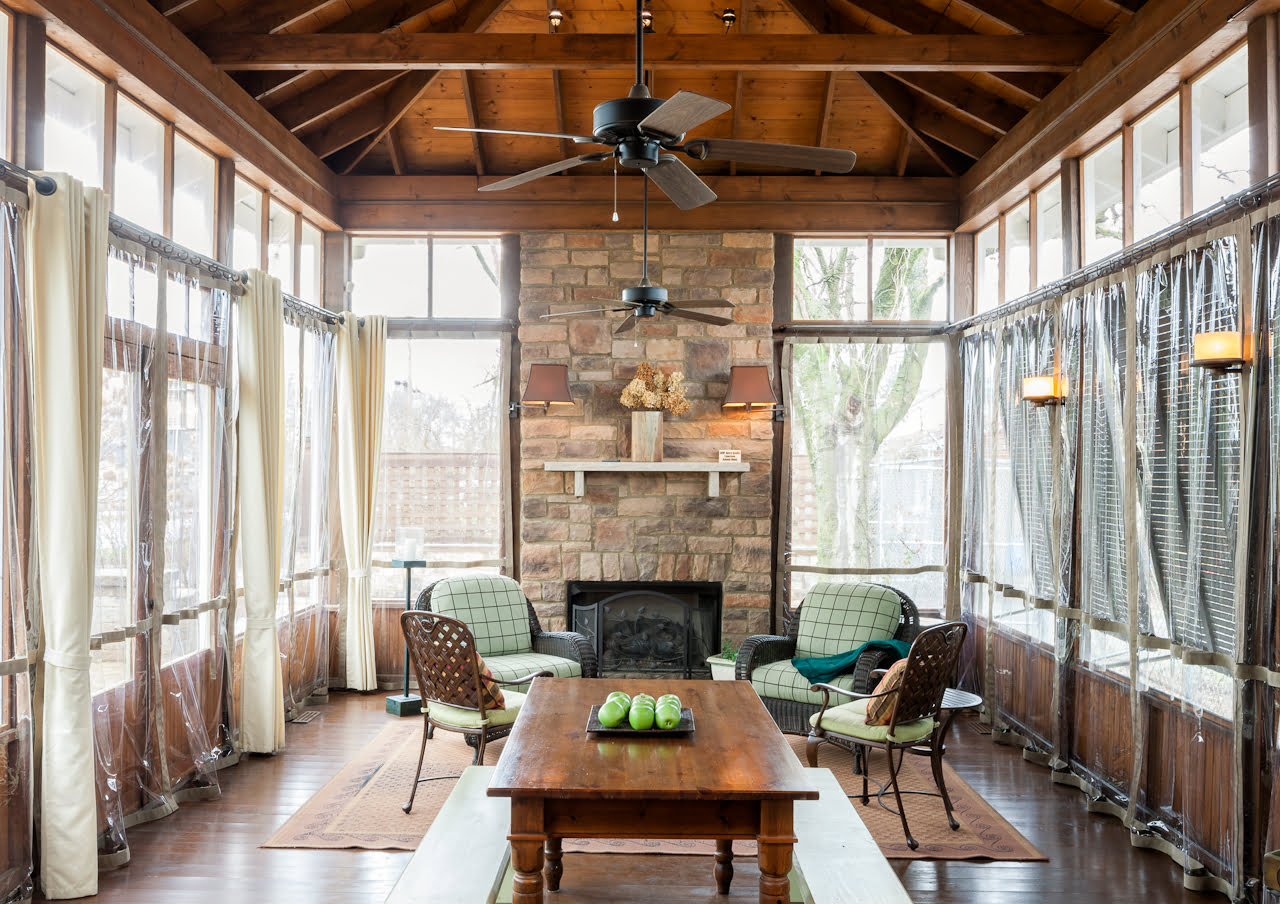
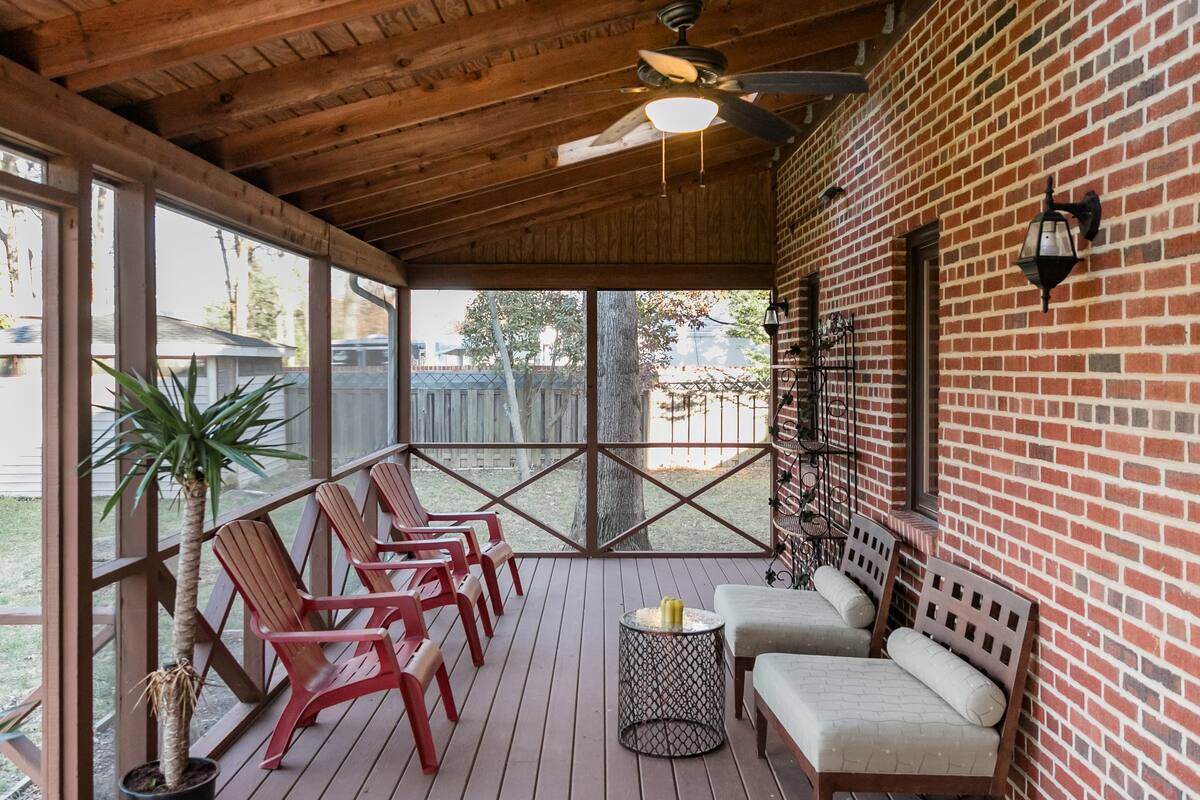
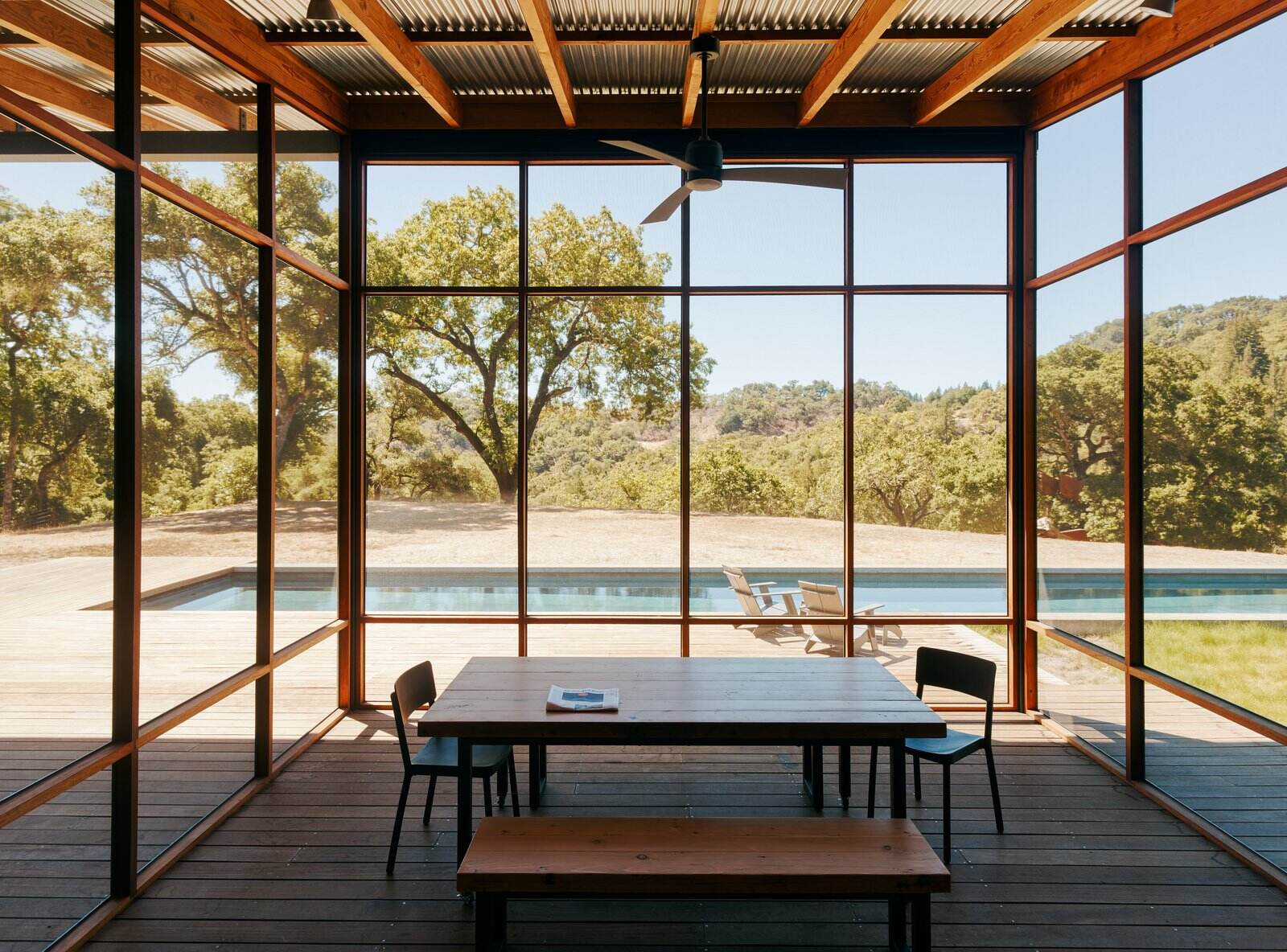
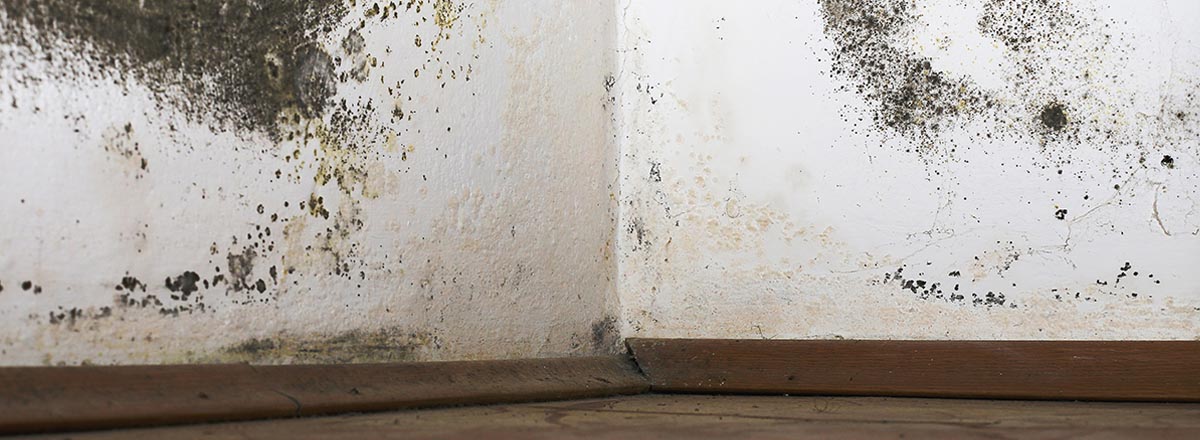
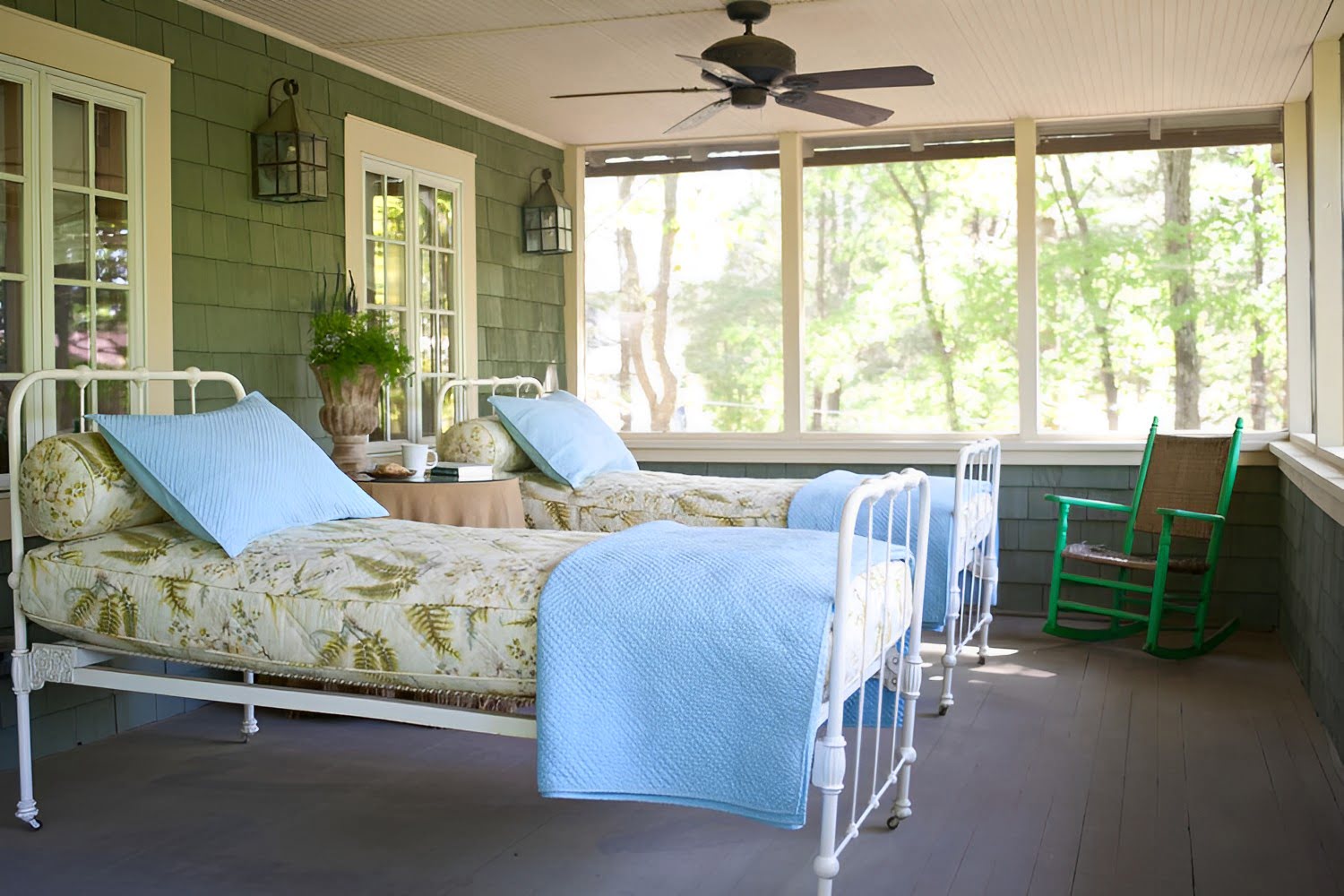
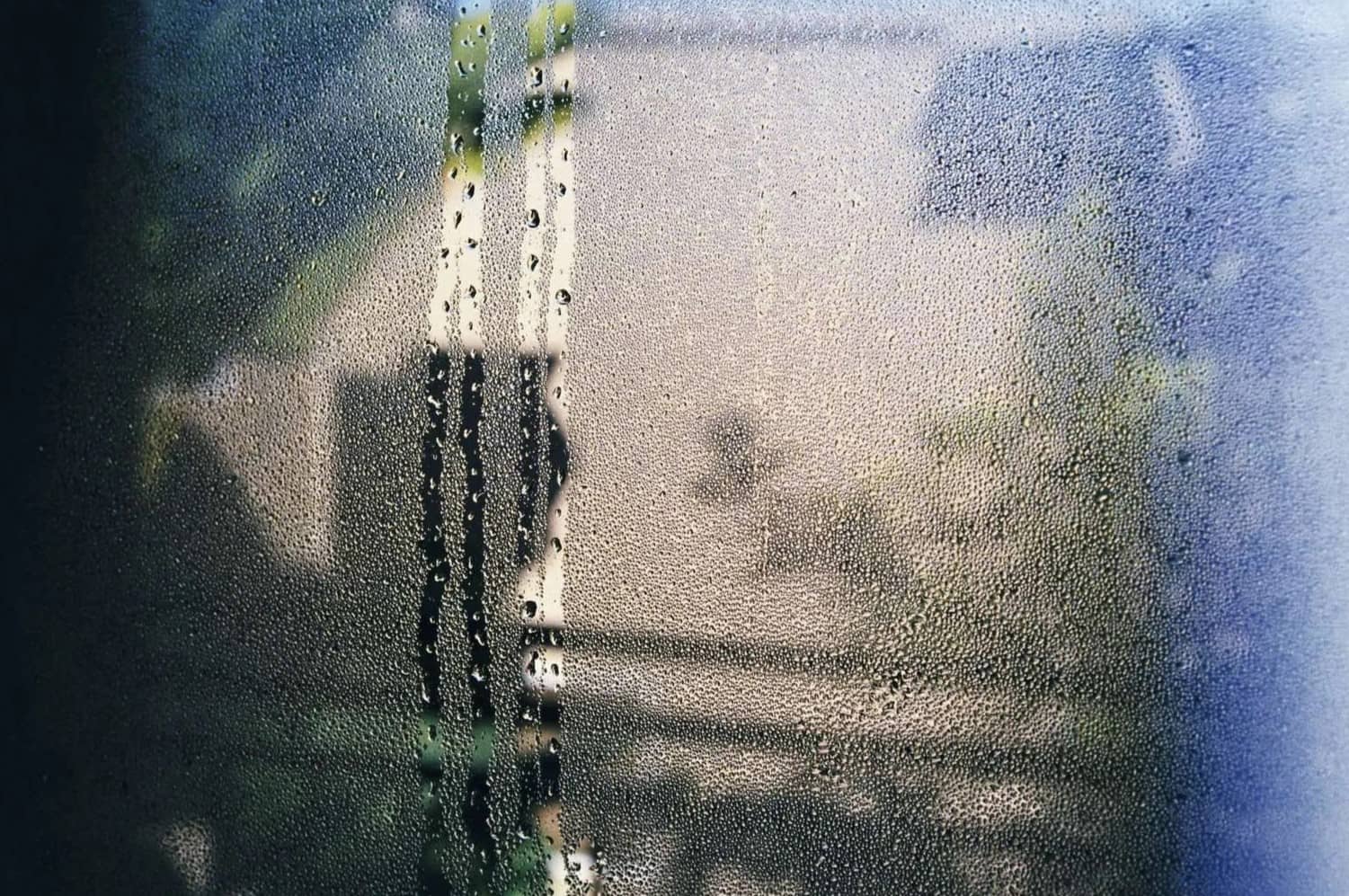

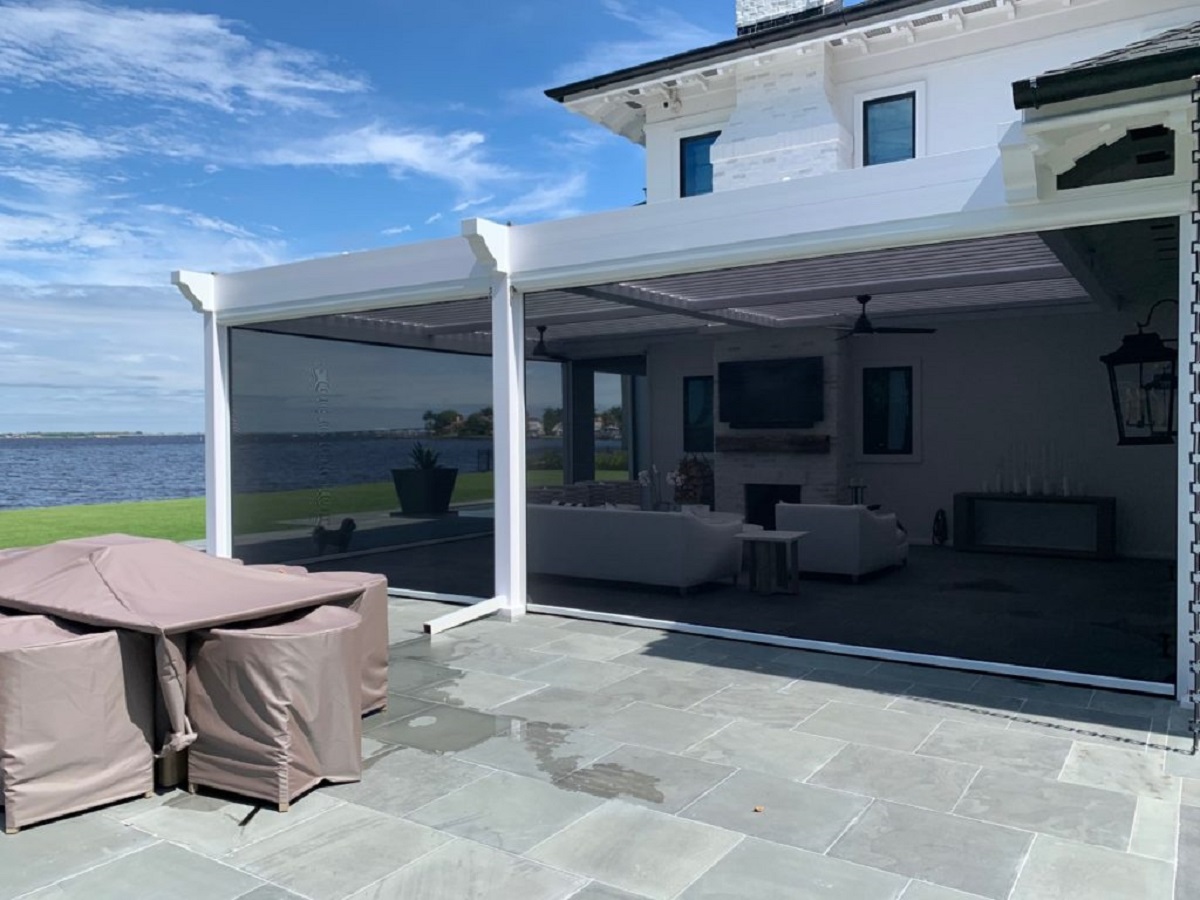
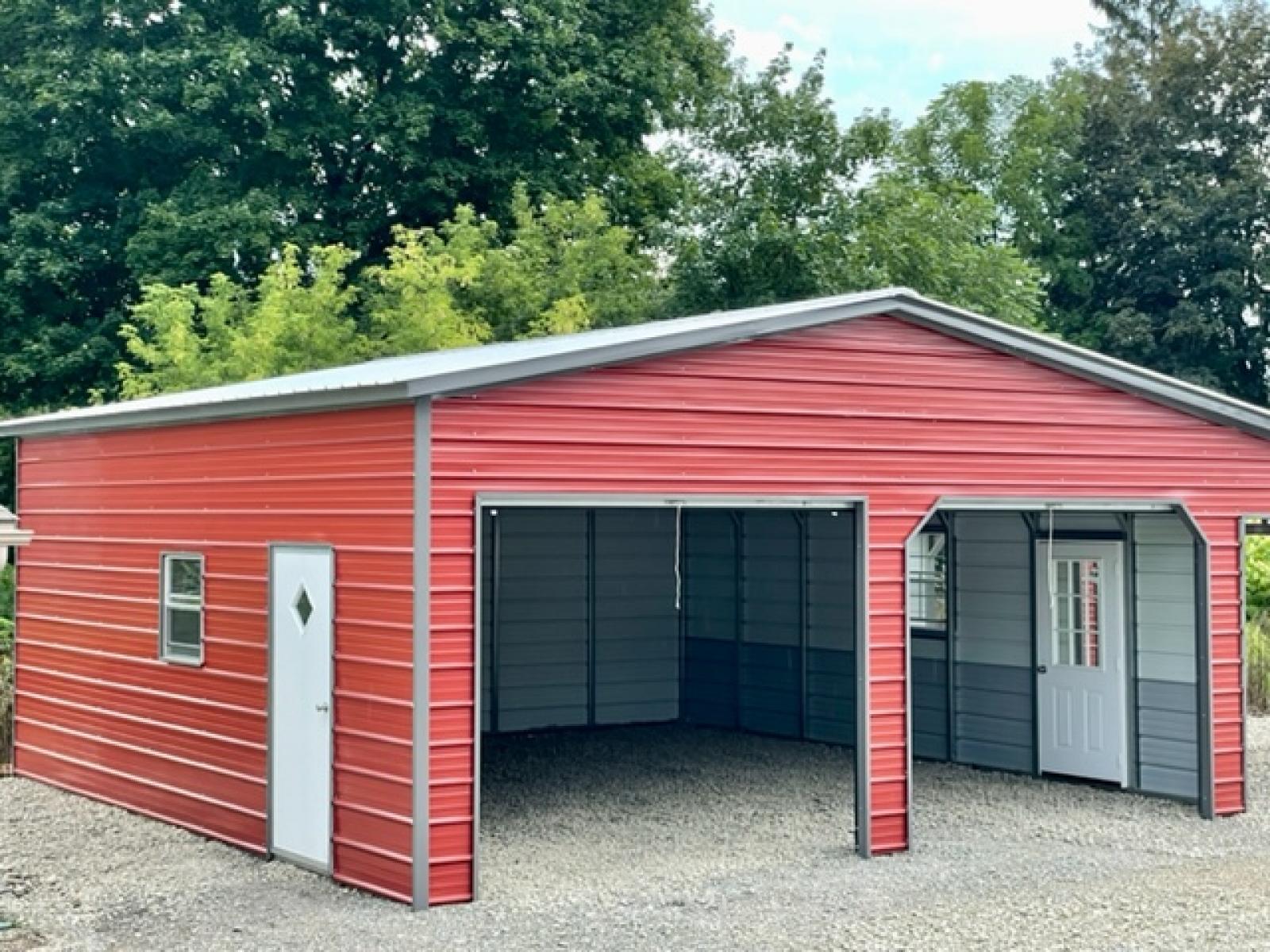
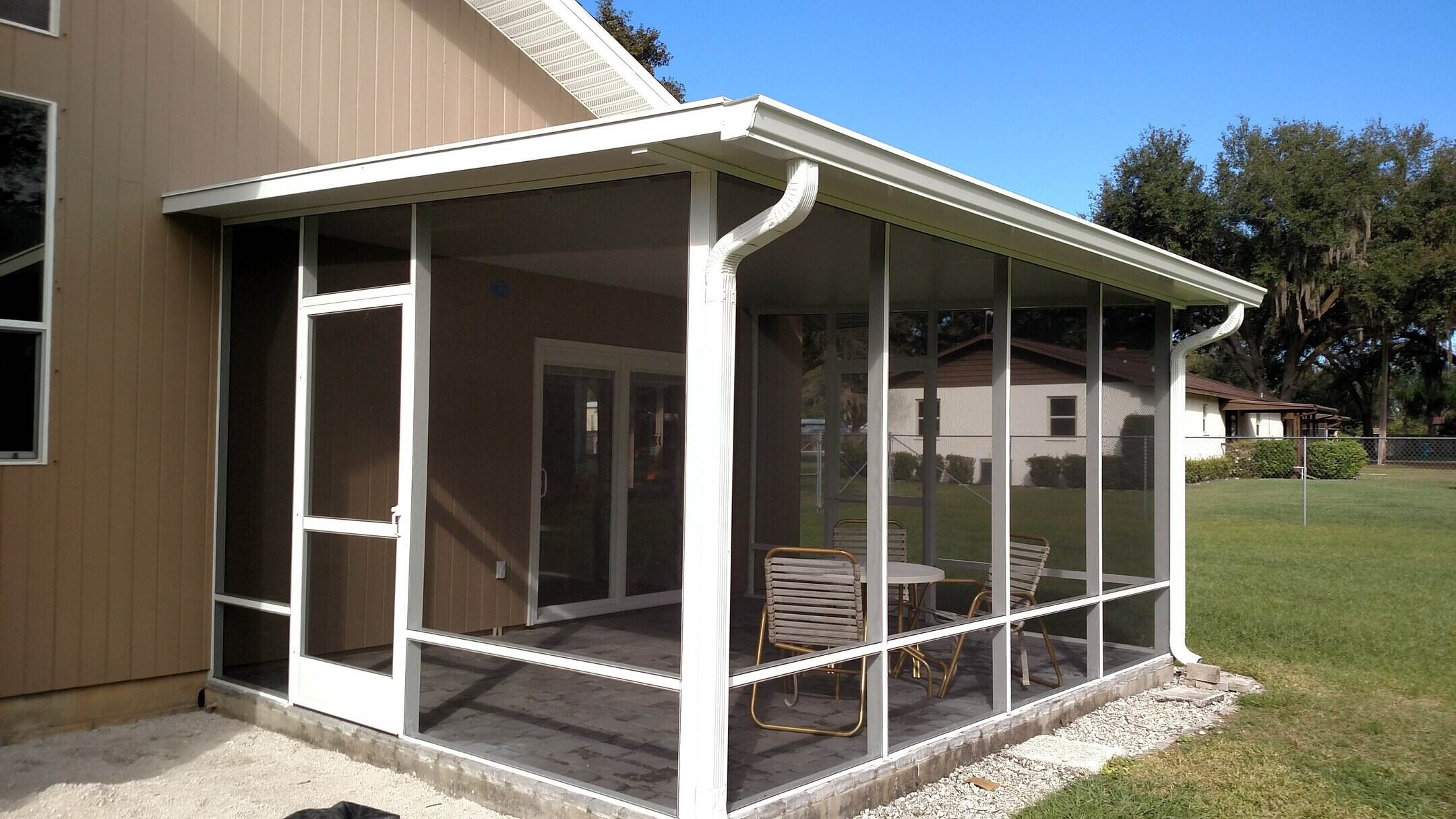
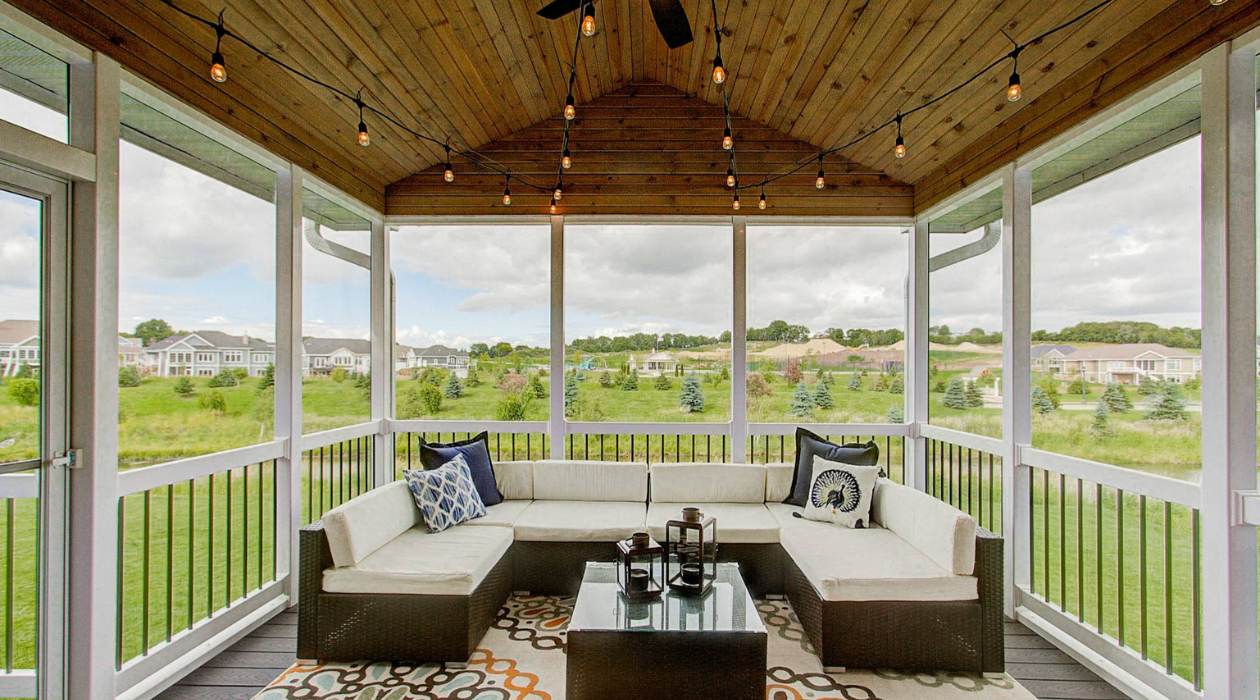
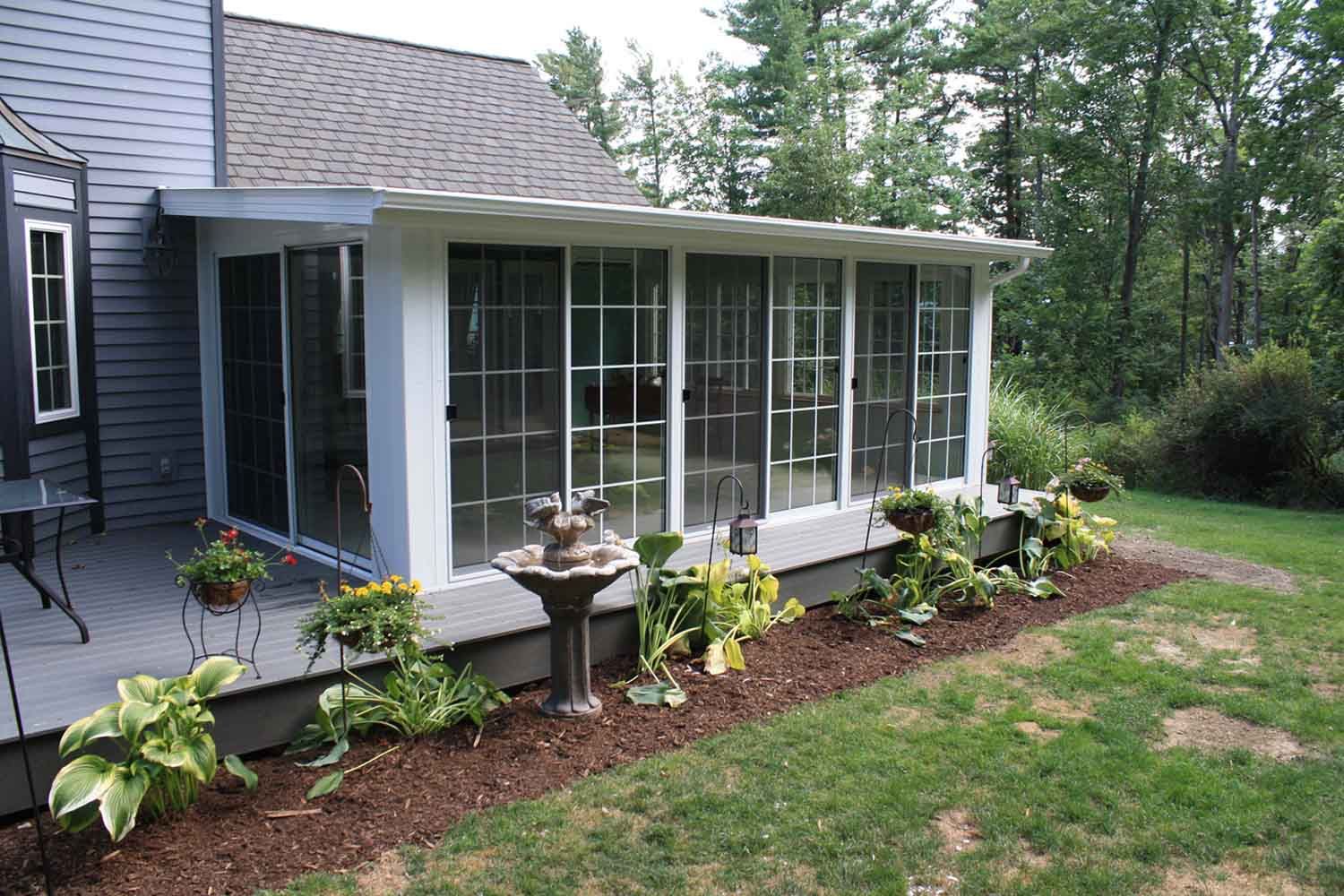

0 thoughts on “How To Stop Condensation In Enclosed Porch”